Wood ear mushrooms (Auricularia auricula-judae), also known as black fungus or cloud ear mushrooms, are a staple in Asian cuisine, prized for their unique texture, mild flavor, and nutritional benefits. These gelatinous, ear-shaped fungi are often sold dried and require rehydration before use. However, one critical aspect of handling soaked wood ear mushrooms is understanding how long they can be safely stored without compromising quality or posing health risks. This article delves into the science of preserving soaked wood ear mushrooms, exploring optimal storage times, methods, and safety guidelines to ensure both culinary success and food safety.
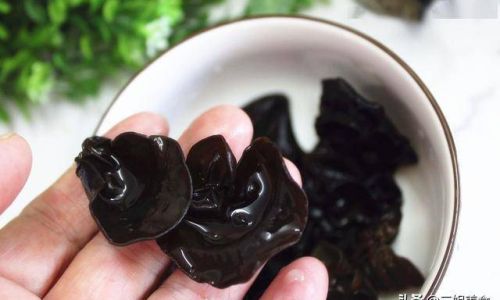
The Basics of Wood Ear Mushrooms
Before diving into storage specifics, it is essential to grasp why wood ear mushrooms are a culinary favorite. Native to Asia, these mushrooms grow on decaying wood and are characterized by their rubbery texture and dark, wavy appearance. When rehydrated, they expand significantly, absorbing flavors from dishes like soups, stir-fries, and salads. Nutritionally, they are low in calories but rich in dietary fiber, antioxidants, and iron, making them a healthy addition to meals.
However, their porous structure and high water content after soaking make them susceptible to microbial growth if not stored properly. Bacteria such as Bacillus cereus and Staphylococcus aureus thrive in moist environments, and improperly stored soaked mushrooms can become breeding grounds for these pathogens. Understanding storage timelines is thus not just about convenience but also about preventing foodborne illnesses.
The Soaking Process: A Primer
Proper storage begins with correct soaking. Dried wood ear mushrooms should be rinsed under cold water to remove debris before being submerged in a bowl of room-temperature water. The soaking time typically ranges from 15 minutes to an hour, depending on the mushroom’s thickness. Once rehydrated, they should be drained thoroughly to remove excess moisture—a step that significantly impacts storage life.
Refrigeration: The Gold Standard for Short-Term Storage
For most households, refrigeration is the go-to method for preserving soaked wood ear mushrooms. When stored correctly, they can last 2 to 3 days in the refrigerator. Here’s how to maximize their shelf life:
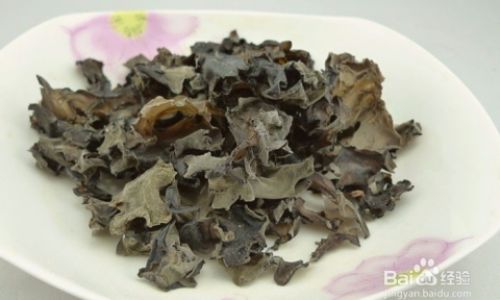
- Drain Excess Water: After soaking, gently squeeze the mushrooms to remove moisture. Excess water accelerates spoilage by creating a hospitable environment for bacteria.
- Use Airtight Containers: Place the mushrooms in a clean, airtight container or a resealable plastic bag. This minimizes exposure to air and contaminants.
- Store at the Right Temperature: Maintain the refrigerator at 40°F (4°C) or below. Higher temperatures increase bacterial activity.
- Avoid Cross-Contamination: Keep the mushrooms away from raw meats, seafood, or other perishables to prevent cross-contamination.
Why 2–3 Days?
Beyond this window, the mushrooms begin to soften excessively, develop a slimy texture, and emit a sour odor—classic signs of spoilage. Microbial counts, particularly of psychrotrophic bacteria (which grow at refrigeration temperatures), rise steadily, increasing the risk of food poisoning.
Freezing: Extending Shelf Life for Long-Term Use
For those who prefer to soak mushrooms in bulk or use them infrequently, freezing is a viable option. Properly frozen wood ear mushrooms can retain their quality for up to 3 months. Follow these steps:
- Blanch Before Freezing: After soaking and draining, blanch the mushrooms in boiling water for 2–3 minutes. This inactivates enzymes that cause texture breakdown and kills surface bacteria.
- Cool Rapidly: Immediately transfer the blanched mushrooms to an ice bath to halt cooking.
- Dry Thoroughly: Pat them dry with paper towels to prevent ice crystal formation.
- Portion and Freeze: Distribute the mushrooms into freezer-safe bags or containers, removing as much air as possible. Label with the date.
Thawing Guidelines
When ready to use, thaw the mushrooms in the refrigerator overnight. Avoid refreezing thawed portions, as this degrades texture and safety.
Factors Affecting Storage Time
Several variables influence how long soaked wood ear mushrooms remain safe to eat:
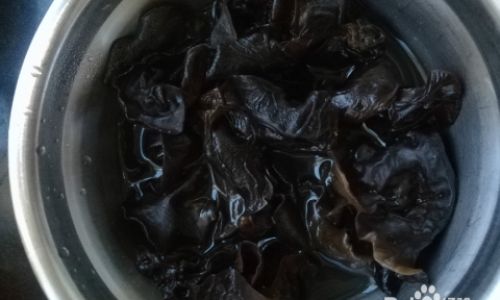
- Initial Quality: Dried mushrooms stored in a cool, dry place will rehydrate better and last longer than those exposed to humidity or heat.
- Soaking Water: Using filtered or boiled water reduces microbial load compared to tap water.
- Hygiene Practices: Washing hands, utensils, and containers before handling mushrooms prevents contamination.
- Temperature Fluctuations: Frequent opening of the refrigerator or improper sealing can expose mushrooms to warm air, shortening their lifespan.
Signs of Spoilage
Even within the recommended storage times, spoilage can occur. Discard soaked wood ear mushrooms if you observe:
- Foul Odor: A sour, putrid smell indicates bacterial fermentation.
- Slimy Texture: Excess moisture promotes microbial growth, leading to a slippery surface.
- Discoloration: Gray, brown, or moldy patches are red flags.
- Off Flavors: Taste a small piece if unsure; a bitter or acidic taste confirms spoilage.
Safety Myths Debunked
- “If It Smells Fine, It’s Safe”: Odor is not always a reliable indicator. Some pathogens, like E. coli, do not produce noticeable smells until severe contamination occurs.
- “Freezing Kills All Bacteria”: Freezing inhibits bacterial growth but does not destroy spores or toxins. Proper cooking is still essential.
- “Re-Soaking Extends Life”: Re-soaking already spoiled mushrooms will not revive them and may worsen contamination.
Culinary Applications and Storage Synergy
The way you plan to use soaked wood ear mushrooms can influence storage decisions. For example:
- Stir-Fries: Use refrigerated mushrooms within 2 days to maintain crispness.
- Soups/Stews: Freeze portions in broth to retain flavor and texture.
- Salads: Consume within 24 hours, as raw applications are more perishable.
Expert Tips for Optimal Storage
- Label Containers: Note the soaking and storage dates to avoid confusion.
- Use Acidulated Water: Adding a splash of vinegar or lemon juice to the soaking water can inhibit bacterial growth.
- Avoid Metal Containers: Store mushrooms in glass or plastic, as metal can react with acids and alter flavor.
- Prioritize Freshness: Buy dried mushrooms from reputable sources and check for intact packaging.
The Role of pH and Antimicrobial Agents
Wood ear mushrooms have a slightly acidic pH (around 5.5–6.5), which naturally inhibits some pathogens. However, this buffer is insufficient for long-term storage. Adding natural preservatives like salt (1–2% of water weight) or citrus juice during soaking can extend shelf life marginally, but refrigeration remains non-negotiable.
Global Perspectives on Mushroom Storage
In traditional Chinese medicine, wood ear mushrooms are valued not just for cuisine but also for their purported health benefits. However, ancient storage methods, such as sun-drying or salt curing, are less relevant today. Modern kitchens rely on refrigeration and freezing, aligning with global food safety standards.
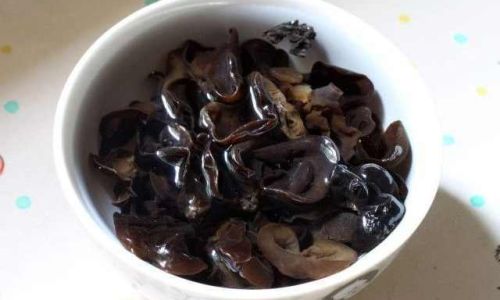
Environmental Impact of Storage Choices
Freezing increases energy consumption, but it reduces food waste by preserving mushrooms longer. Balancing convenience with sustainability may involve soaking smaller batches or using dehydrators to extend dried mushroom shelf life.
Conclusion: Striking the Right Balance
Preserving soaked wood ear mushrooms is a delicate dance between convenience, quality, and safety. While refrigeration offers a 2–3-day window for most uses, freezing unlocks longer-term storage without significant nutrient loss. By adhering to strict hygiene, temperature control, and spoilage checks, home cooks and professional chefs alike can enjoy these versatile fungi while minimizing risks.
In an era where food safety scandals and waste are pressing concerns, mastering the art of mushroom storage is a small yet impactful step toward sustainable and healthy eating. Whether you’re crafting a comforting hot pot or a crisp summer salad, knowing the limits of soaked wood ear mushroom storage ensures that every dish is both delicious and safe.
Final Thought: When in doubt, trust your senses—and when uncertainty lingers, err on the side of caution. After all, the best recipe is one that prioritizes health without compromising flavor.
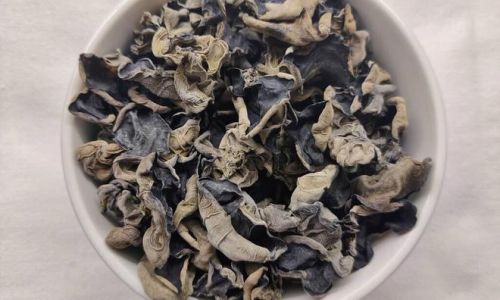





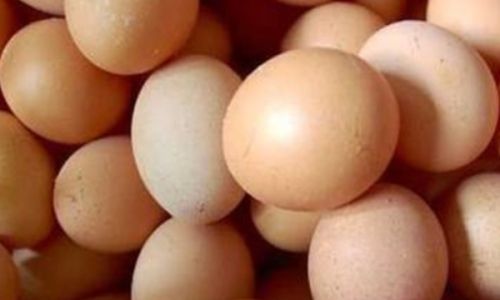
0 comments